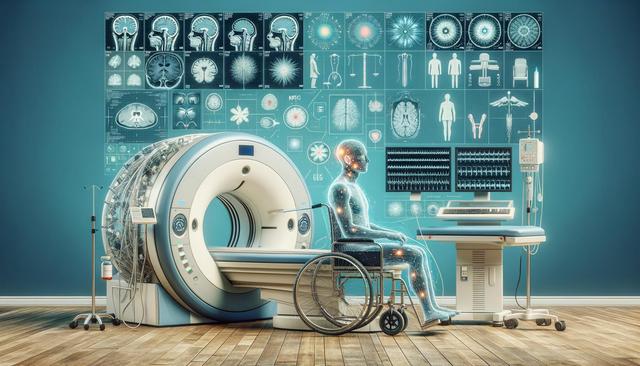Understanding Stroke and Its Effects
A stroke occurs when the blood supply to part of the brain is interrupted or reduced, depriving brain tissue of oxygen and nutrients. The results can vary widely depending on the location and severity of the stroke. Common consequences include mobility issues, speech and language difficulties, cognitive impairments, and emotional challenges. Understanding these effects is the first step in planning a comprehensive therapy approach. Stroke therapy aims to address these impairments through targeted interventions, helping individuals regain as much independence and function as possible. The recovery process is often gradual, requiring consistent effort and the support of a multidisciplinary team.
Key Components of Effective Stroke Therapy
Effective stroke therapy typically involves a combination of physical, occupational, and speech therapies. Each type targets specific areas of function:
- Physical therapy focuses on movement and strength, helping individuals relearn motor skills and improve balance.
- Occupational therapy assists with daily activities like dressing, cooking, and personal care, promoting independence.
- Speech and language therapy supports communication and swallowing functions, which are often affected by stroke.
Combining these therapies ensures a holistic approach to recovery. Therapists often work together to create personalized treatment plans, adapted to the individual’s goals, abilities, and progress. Regular assessments help track improvements and adjust the strategy as needed. This collaborative model enhances the effectiveness of the therapy and provides a supportive environment for recovery.
The Role of Technology in Stroke Rehabilitation
Modern technology plays an increasingly important role in stroke rehabilitation. Tools such as robotics, virtual reality systems, and brain-computer interfaces are being integrated into therapy to enhance engagement and outcomes. For example, robotic-assisted therapy devices can help guide limb movements, providing support and feedback during exercises. Virtual reality offers immersive environments that make repetitive tasks more engaging and stimulating.
Additionally, mobile apps and wearable devices allow for continuous monitoring and support outside of clinical settings. These tools can track progress, remind users of exercises, and facilitate remote communication with therapists. Technology does not replace traditional methods but rather complements them, providing diverse options for practice and reinforcement. As these innovations continue to evolve, they expand the possibilities for personalized and effective stroke recovery paths.
Psychological Support and Motivation
Emotional and psychological support is a vital, though sometimes overlooked, component of stroke therapy. Many individuals face feelings of frustration, depression, or anxiety during recovery. Addressing these emotional challenges is essential for maintaining motivation and long-term engagement in therapy. Mental health professionals, such as psychologists or counselors, can offer strategies for coping with these experiences.
Peer support groups also play a meaningful role. Connecting with others who have experienced similar challenges can foster a sense of community and resilience. Tools for psychological support may include:
- Cognitive-behavioral therapy (CBT)
- Mindfulness and relaxation techniques
- Group therapy sessions
Incorporating these resources into a stroke recovery plan can help individuals build confidence and stay motivated, which contributes significantly to therapy outcomes.
Creating a Long-Term Recovery Plan
Stroke therapy does not end after the initial rehabilitation period. Long-term recovery requires ongoing practice, adaptation, and support. Developing a sustainable plan involves setting realistic goals, identifying support systems, and maintaining healthy habits. Regular follow-ups with healthcare providers ensure that progress is monitored and that any setbacks are addressed promptly.
Family involvement is also crucial. Educating caregivers about the stroke recovery process helps them provide more effective support and fosters a positive home environment. Activities such as home exercises, participation in community programs, and continued therapy sessions can all be part of a comprehensive long-term strategy.
Ultimately, recovery is a continuous journey. While every individual’s path is different, a combination of structured therapy, emotional support, and adaptive strategies can make a meaningful difference in restoring function and improving quality of life after a stroke.
Conclusion: Supporting Recovery Through Comprehensive Stroke Therapy
For individuals recovering from a stroke, therapy is a cornerstone of regaining independence and improving overall well-being. By addressing physical, cognitive, and emotional needs through a multi-faceted approach, stroke therapy provides a structured pathway to recovery. Advances in technology and increased awareness of psychological factors have further enhanced the effectiveness of modern rehabilitation programs. A strong support system, ongoing motivation, and a personalized long-term plan are key to making sustained progress. Embracing a comprehensive therapy strategy can empower individuals and their families to navigate the recovery process with confidence and resilience.






